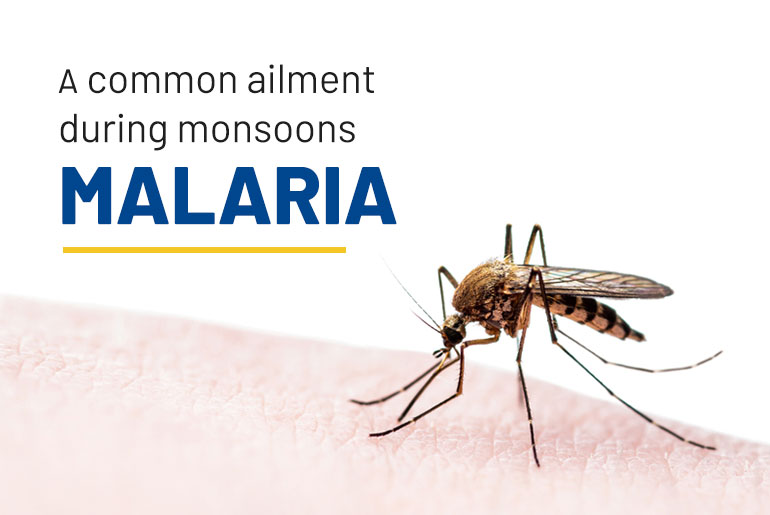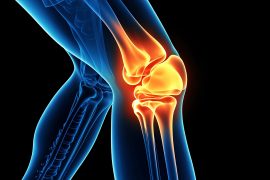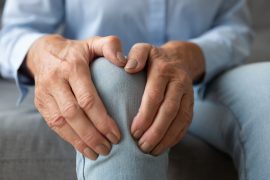Malaria is a life-threatening disease that affects millions globally despite being preventable and curable. In India, where the disease intermittently peaks, the fight against malaria is intensified through awareness, prevention, and treatment strategies. This article explores the symptoms, diagnosis, and prevention of malaria in detail, equipping you with the knowledge to combat this deadly disease effectively.
Recognising the Symptoms of Malaria
Malaria is caused by Plasmodium parasites, which are transmitted to people through the bites of infected female Anopheles mosquitoes. Recognising symptoms of malaria is the first step towards managing this disease. Below are some of the common symptoms:
Fever and Chills: Sudden, high fevers that can reach up to 40.6°C (104°F) with severe chills.
Headache and Dizziness: Persistent headaches that do not ease with over-the-counter painkillers, along with bouts of dizziness.
Sweats and Shivering: Intense sweating sessions that follow chills.
Muscle Pains and Fatigue: Generalised body aches with extreme fatigue, making daily activities difficult.
Nausea and Vomiting: Frequent upset stomach, especially vomiting, which may sometimes contain blood.
Diarrhoea: While less common, diarrhoea can occur along with other gastrointestinal symptoms.
Chest and Abdominal Pain: Pain in the chest, as well as in the abdomen.
Convulsions in Severe Cases: Sometimes, seizures may occur in severe malaria cases, particularly in children.
What is the Symptom Cycle in Malaria?
The symptoms of malaria typically appear 10–15 days after the infected mosquito bite but can be sooner or later, depending on the parasite species. The usual symptom of malaria is a cyclical occurrence:
Cold stage: Sensation of cold and shivering.
Hot stage: Fever, headaches, and vomiting.
Sweating stage: Sweats followed by returning to a normal temperature, with tiredness.
These stages may repeat every two to three days, depending on the specific Plasmodium species involved.
Diagnosis of Malaria
Timely diagnosis is essential for effectively treating malaria and preventing its spread. Diagnosis not only confirms the presence of malaria parasites in the blood but also helps in determining the appropriate treatment strategy.
Overview of Different Diagnostic Tests
Several diagnostic tests can help confirm malaria:
Initial Screening Tests
Rapid Diagnostic Tests (RDTs): These are the first line of screening tests and provide results within 20 minutes. They are particularly useful in field settings or places lacking laboratory facilities. RDTs detect antigens derived from malaria parasites and are highly beneficial because they offer quick, initial results, guiding immediate treatment decisions.
Confirmatory Tests
Microscopic Blood Smear: This method is considered the gold standard for malaria diagnosis. A drop of the patient’s blood is spread on a microscope slide and stained before being examined under a microscope. This test can confirm the presence of malaria parasites and also identify their species and development stage.
Molecular Tests such as PCR (Polymerase Chain Reaction): PCR is a highly sensitive method that detects malaria DNA. It is used when precise identification of the parasite species is required or when the results of other tests are inconclusive.
ELISA (Enzyme-Linked Immunosorbent Assay): While not commonly used for the direct diagnosis of acute malaria, ELISA can be utilized to detect antigens or antibodies related to malaria. This test can provide supplementary information, especially in epidemiological studies or in cases where other diagnostic methods have limited availability.
Serology tests: Used to detect antibodies against malaria but are not recommended for acute diagnosis as they can indicate past or present infection.
Prevention Strategies for Malaria
Prevention of malaria involves multiple strategies aimed at reducing mosquito bites and controlling mosquito populations. Here are effective prevention measures:
Prevention of Mosquito Bites
Use of Insecticide-Treated Mosquito Nets: Sleeping under long-lasting insecticidal nets can significantly reduce mosquito bites.
Indoor Residual Spraying: Spraying the inside of buildings and houses with mosquito repellent sprays to kill mosquitoes.
Wearing Protective Clothing: Long sleeves and trousers, especially during peak mosquito-biting hours (from dusk to dawn).
Using Insect Repellent: Apply repellent on exposed skin and clothing to keep mosquitoes away.
Environmental Control
Elimination of Standing Water: Removing puddles, flower pots, and other items that can collect water to prevent mosquito breeding.
Proper Waste Disposal: Keeping the environment clean and disposing of garbage on time to reduce mosquito breeding sites.
Covering Water Storage Containers: Ensuring that water storage containers are tightly covered and sealed to prevent mosquitoes from laying eggs.
Information on Preventive Medications
For travellers to high-risk areas, preventive medications are recommended. These should be taken before, during, and after the trip to reduce the risk of infection. It is important to consult a healthcare provider to choose the right preventive medication based on the travel destination and individual health status.
Wrapping It Up
Malaria is a serious disease, so it’s important that we all work together to fight this preventable yet deadly disease. By understanding the symptoms, undergoing timely diagnosis, and employing effective prevention strategies, we can curb the spread of malaria and save countless lives. Awareness and education are our best tools in this fight. Let us pledge to spread knowledge and take preventive measures to protect not just ourselves but also our communities from malaria. Together, we can aim for a malaria-free world.
References:
https://www.cdc.gov/malaria/diagnosis_treatment/diagnosis.html#:~:text=Clinical%20diagnosis%20is%20based%20on,%E2%80%9D%20and%20common%20viral%20infections).
https://my.clevelandclinic.org/health/diseases/15014-malaria#symptoms-and-causes
https://www.mayoclinic.org/diseases-conditions/malaria/symptoms-causes/syc-20351184
https://www.webmd.com/a-to-z-guides/malaria
https://kidshealth.org/en/parents/malaria.html#:~:text=Early%20symptoms%20of%20malaria%20can,40.6%C2%B0C)%20or%20higher.





Comments are closed.